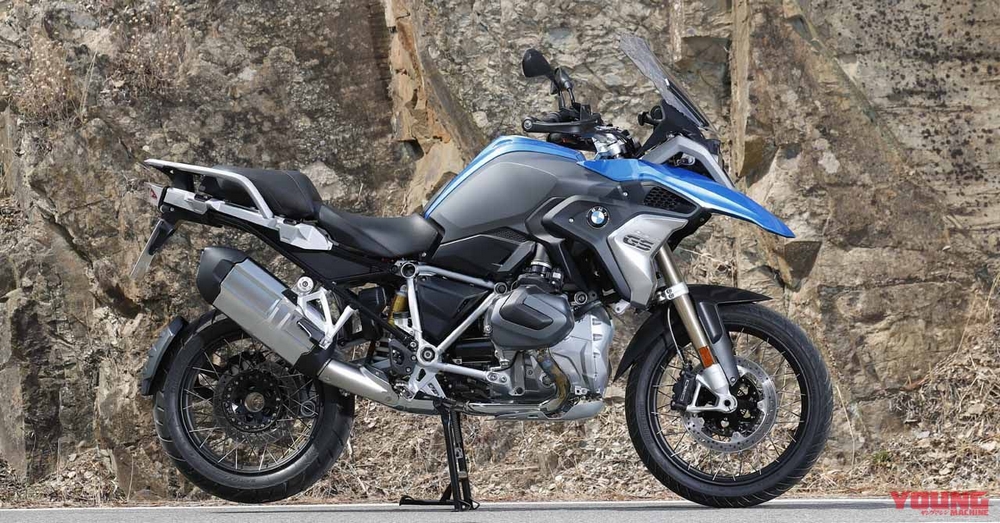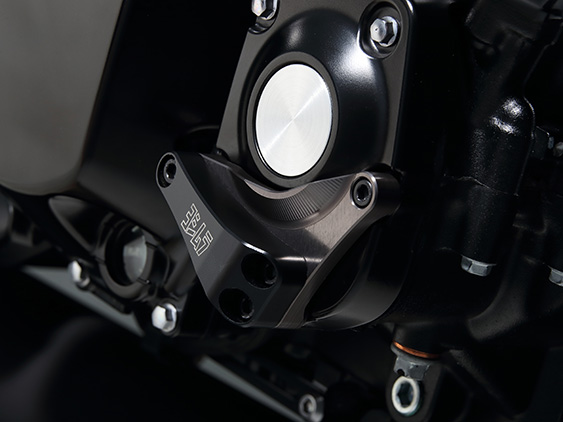On 17th September 2018, BMW officially announced the new R1250GS and R1250RT. The 2019 model evolves greatly while the engine follows the chassis and appearance so far. It features a variable valve timing lift mechanism equipped with ShiftCam (shift cam) technology on the intake side.
Adopted unique shift cam system different from VTEC / VC engine
The 2019 model is BMW which is said to be refraining from 11 new models. Two of the two companies, the company's flagship R1250GS and G1250RT equipped with the same horizontally opposed two-cylinder engine, appeared after cutting its leadership. Of course, the highlight is the evolution of the engine, and it is a big feature that it adopts a variable valve timing lift mechanism.
In recent years, the 2017 model GSX - R1000 of Suzuki switches the valve timing (opening / closing timing) Racing VVT, which is a mechanism that has been addressed for realizing engine characteristics compatible with high rotation power and powerful low and medium speed, It was memorable that we adopted the topic. However, R1250GS / RT adopted a type that can vary the valve lift amount (opening height) incorporating the function more than this. As a similar mechanism, there are the Honda's four wheels in 1989, VTEC mounted in Integra, and the VC engine mounted in Suzuki's Bandit 400 V in 1991, but the R 1250 GS / RT adopts its own mechanism.
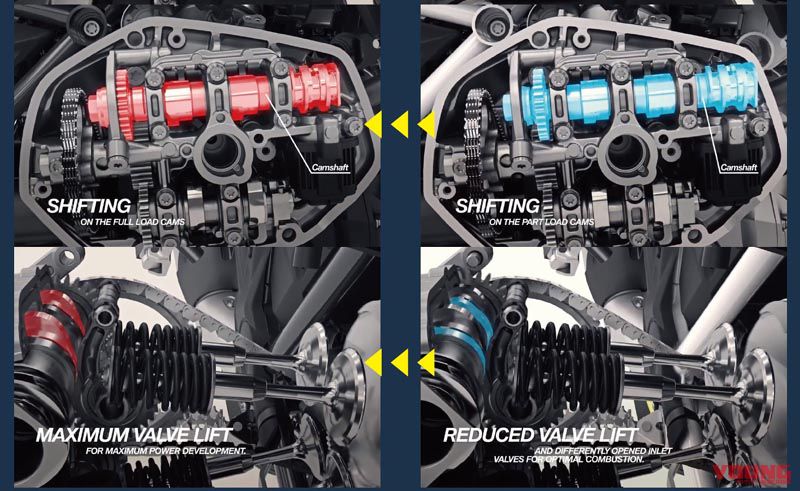
[BMW R1250 GS / RT2019 type] If the throttle is opened a little, it becomes a low speed cam (right, light blue), and the valve lift amount is small. Smooth ride and improved fuel economy are offered, improving fuel efficiency up to 4% irrespective of the 8500 rpm increase. When the throttle is opened, it switches to high speed cam (left, red), the valve lift amount also increases, and draws 136 ㎰ power which becomes + 11 ps compared with the past.
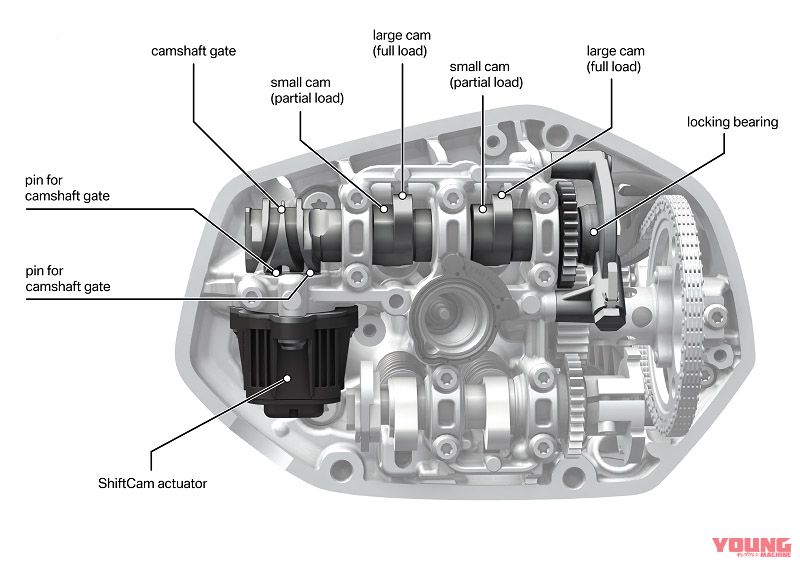
[BMW ShiftCam Technology] The intake side camshaft with two cam lobes, a large cam and a small cam, is shifted to the left and right by driving the pin into a groove like a shift drum of an MT car, and the valve lift amount and timing As shown in FIG. It is simpler than the VTEC and VC engine introduced in the bottom row and has the same effect.
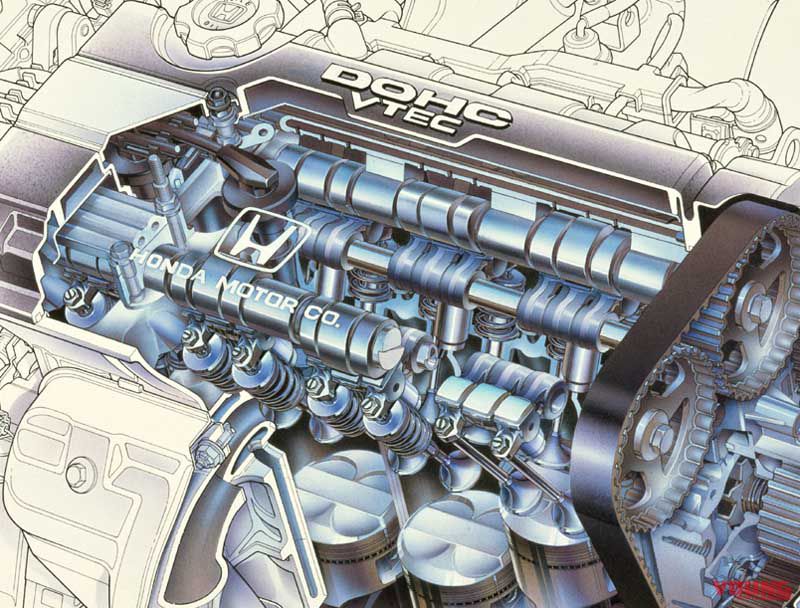
[HONDA INTEGRA (4 wheel) 1989 type] It combines the valve timing lift of a practical engine and the valve timing / lift approaching the race engine, automatically switches according to the operating conditions, and sacrifices low and medium speed performance The world's first variable valve timing and lift mechanism that can draw out high rotation and high output without setting it. It is realized by switching the low speed and high speed cam and the rocker arm with a mechanism via hydraulic pressure.
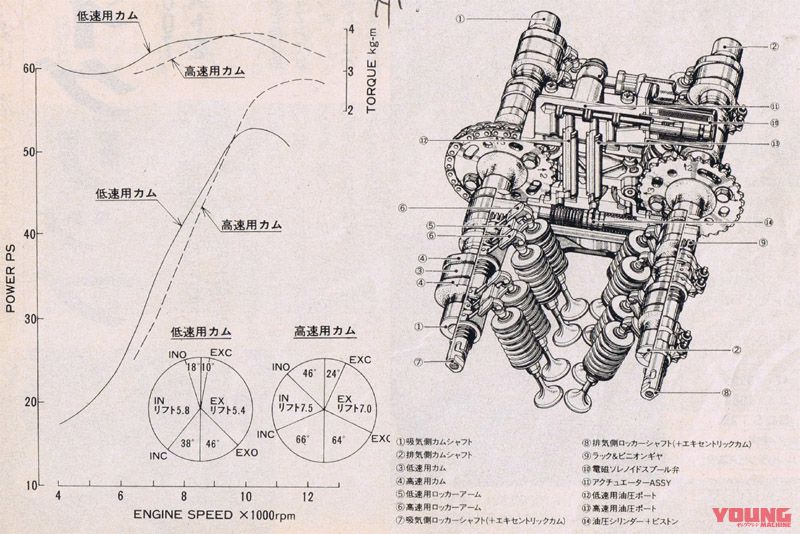
[SUZUKI BANDIT 400 V 1991 type] This is the Vanit 400V VC engine which adopted the world's first variable valve timing and lift mechanism for motorcycles. There is six cam lobes per cylinder (right figure) and the aim of adoption is the same as Honda's VTEC. At about 9000 rpm, switching between low speed and high speed cam is drawing power all over the area (left chart). Incidentally, the VC engine was streamlined into a form in which only the intake side was variable like the R 1250 GS later.
2019 Variable valve timing mechanism also for new S1000RR?
BMW's eyebrows that the 2019 model is refraining from eleven new model models is highly likely to be the new S1000 RR. This magazine scoops the S1000RR to fully remodel in 2019 in the October issue of 2017, but more commitment will be seen in the engine as well as BMW more than the compact car body reflected in the spy shot at that time Also pointed out. It was content that it may have adopted a cross plane crankshaft like the Yamaha YZF - R1 from the information that the exhaust noise that sounded on the scene was like a V4 engine, but recently it was The information that the variable valve timing mechanism is adopted as the reverse rotation crank?! Is also jumping in.
There was an official announcement of R1250GS shift cam technology at the timing, and it can be said that the accuracy of adopting the S1000RR variable valve timing mechanism has increased. However, there is still a question such as whether there is a space to mount the shift cam on the super sports engine, whether the same mechanism as the GS can be used for the high rotation engine up to 14000 rpm of S1000 RR. However, if you fully install these rumors' mechanics, you can say that all four technologies are in full bloom, and the premonition is that you can do it for the S1000RR, which will be the first refreshment for the first time in ten years. The answer will come soon.
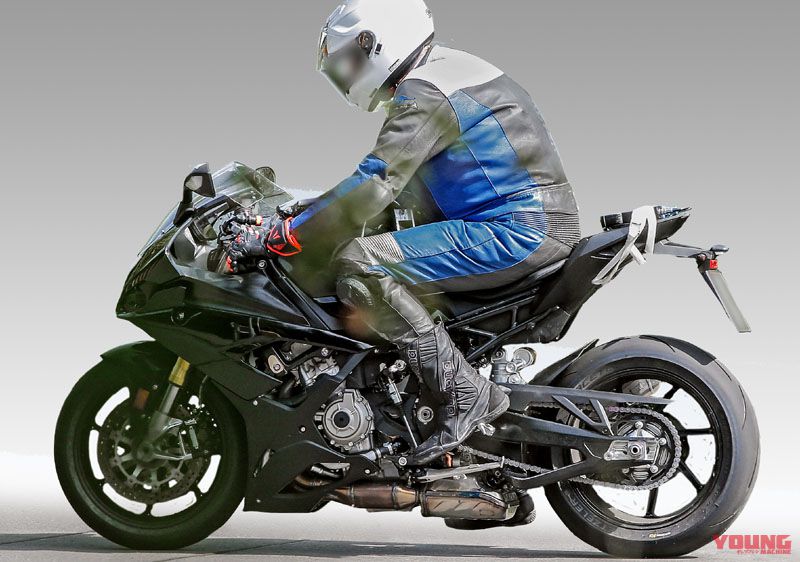
[BMW new model S1000RR 2019 model of fall shooting picture of 2017] Although headlights are considered to be camouflage, the appearance is basically presented in this form from the 3D model of the recently flowed design application seems to be announced this autumn.
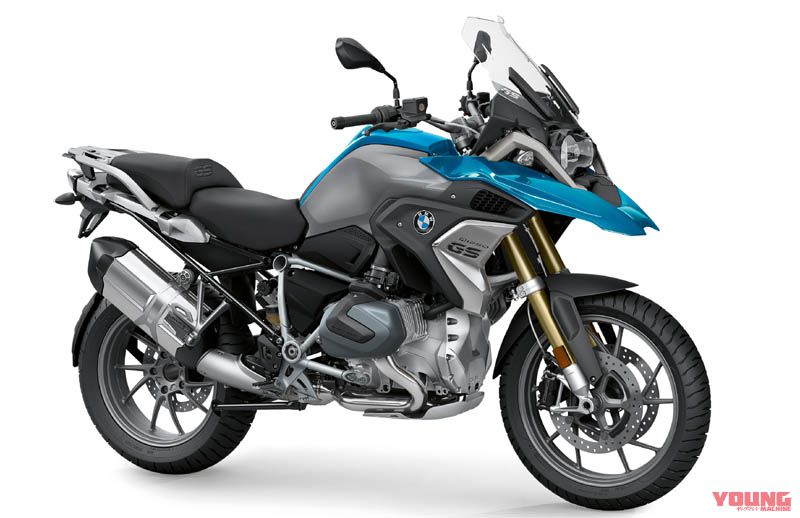
[BMW R 1250 GS 2019 type Europe specification] The appearance follows the 2017 model corresponding to euro 4. It is a landmark that the shape of the plug cover of the head cover is different. Multifunctional instrument cluster called LED headlights and connectivity, Hill start control, etc. became standard equipment. Other exclusive and HP are announced. In addition, the emission remains euro 4 correspondence.
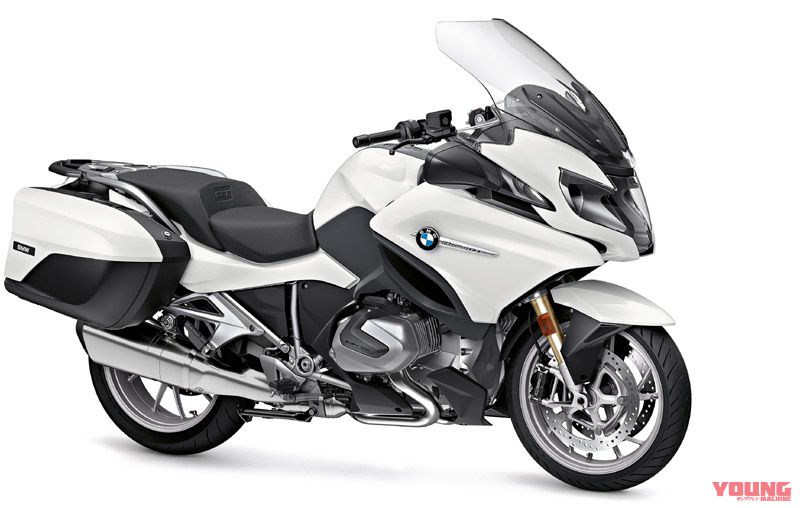
[BMW R1250RT 2019 European specification] Also announced the evolution version of RT which scooped in the June 2018 issue of this issue formally. Also equipped with a variable valve timing mechanism was rumored, but also equipped with a shift cam. In addition, it adopts a new generation dynamic ESA of electric suspension and 5.7 inch full color TFT screen & connectivity meter.
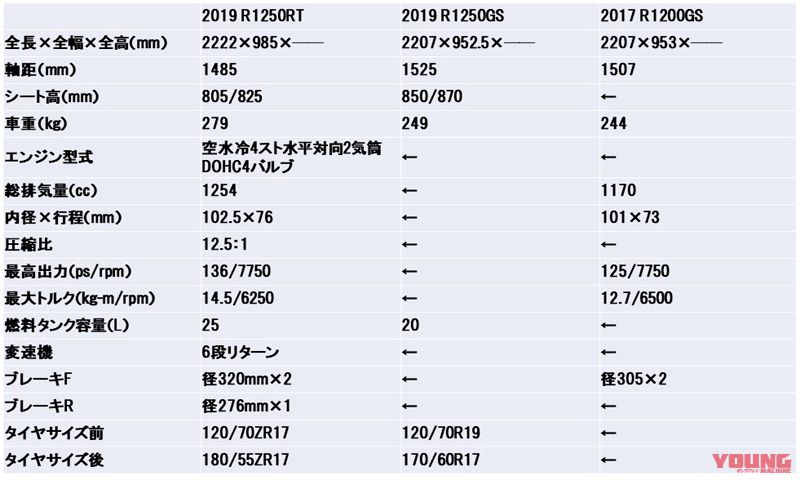
Original Source[ YOUNG MACHINE ] (*Japanese)

